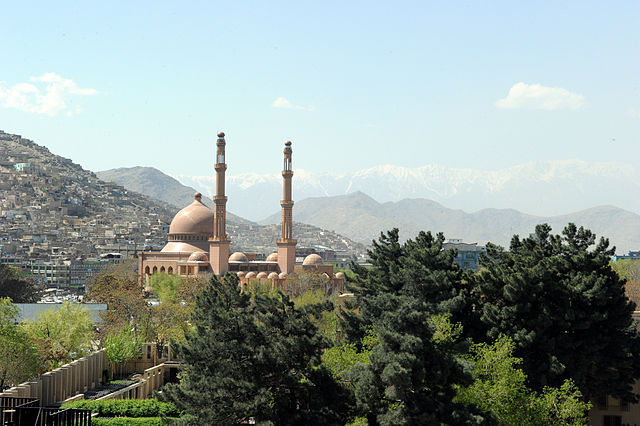
The official religion in Afghanistan is Islam, which is practiced by over 99% of its citizens. At a population growth rate of 3.85, Afghanistan has the fastest growing Muslim population in the world. Sunni Islam makes up 80-89% of the total population while the remaining 10-19% are Shi’as and about 1% or less practice other religions. Although there are some Sunnis amongs them, the Hazaras are predominantly Shi’a, mostly of the Twelver branch with some smaller groups who practice the Ismailism branch. The Qizilbash Tajiks of Afghanistan have traditionally been Shi’as.
Apart from Muslims, there are also small minorities of Christians, Buddhist, Parsi, Sikhs and Hindus. There are about 4000 Hindus and Sikhs living in different cities but mostly in Jalalabad, Kabul, and Kandahar. Senator Awtar Singh is the only Sikh in Afghanistan’s parliament. Other smaller groups include the Bahá’ís who number according to a recent estimate at approximately 400 in Afghanistan. The Baha’i Faith was introduced to Afghanistan in 1919 and Baha’is have been living in there since the 1880s.
Some unconfirmed reports state that there are 500 to 8,000 Afghan Christians practicing their faith secretly in the country.
According to the World Christian Encyclopedia, which provided statistics for world countries to Britannica, there are also some Zoroastrians still remaining in Afghanistan. The figures vary widely though statistics show that little over 300,000 Afghans were counted as Zoroastrians in 1970.
There was a small Jewish community in Afghanistan who fled the country before and after the 1979 Soviet invasion, and one individual, Zablon Simintov, remained as of 2005.